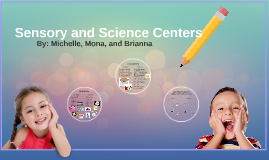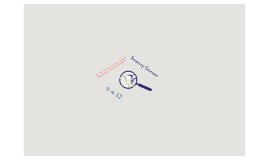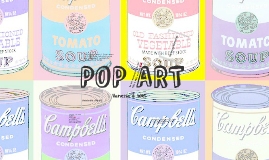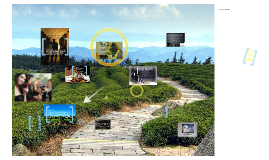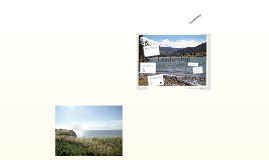Sensory presentation
Transcript: Sensory Presented by MS.BONNIE & MS.NAGHELY Infants Infants SUBTOPIC 1 5 senses Taste, Sound, Touch, Smell, Sight How? How? Smell: scent bottles for babies , make sure to use safe bottles or containers that will not harm babies : filled with basil , lemon, lavander ( natural scents) Touch: rice jumping ( baby in bouncer with rice on their feet) Taste/touch : yogurt painting with food coloring and plain yogurt. sight : Balloon kicking ( baby laying down with a helium balloon tied to foot and they watch as they are able to control it sound: Shakey blocks ( little cube containers sealed with beans) PICTURES PICTURES Toddlers Toddlers keeping in mind that sensory is not limited to a bin. Taste: cornstarch and yogurt silly putty. Sound: instruments (bells drums Touch: Pretend snow (2 cups baking soda, 1/2 cup water, and glitter in a small bowl) or Real snow when available Smell:Cinnamon scented Rice sight: sensory bottles ( heavy liquids vs light flowing items) 5 senses rule 5 senses rule Pictures Pictures Preschool/ Pre-K Preschool/ Pre-K Flip your perception of sensory Taste/Smell: cooking activities such ( banana bread, cookies, butter) Sound: Making rain sticks (also great science :Gravity) Touch: let them create with water ( let them make soup, a car wash, a bath for animals or babies) water beads are fun too. Smell: apples/vinegar/vanilla/ cinnamon in jars ( let it be an area to explore at any time. Sight: use mirrors with dry erase markers to draw themselves use the world around you ( snow, leaves, dirt) 5 Senses Advanced 5 Senses Advanced Pictures Pictures SPD: Sensory processing disorder SPD: Sensory processing disorder






